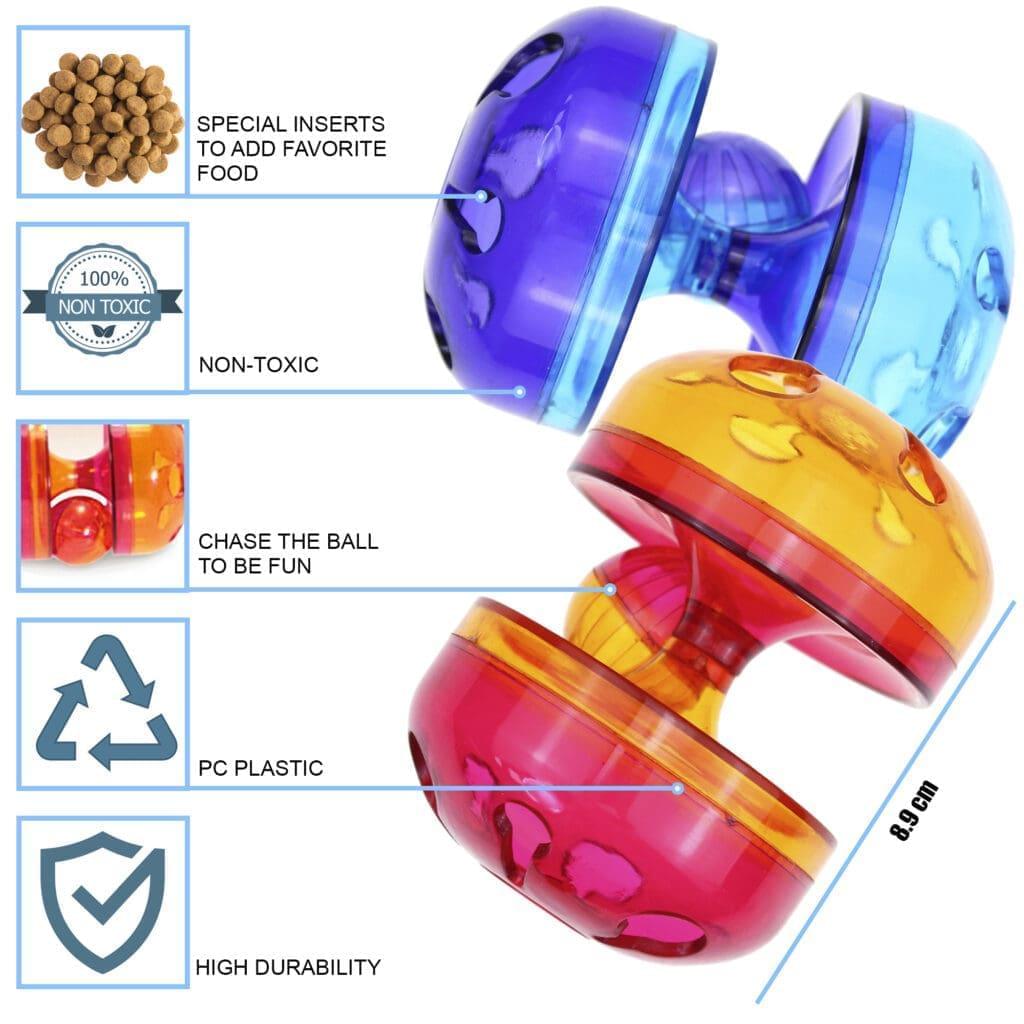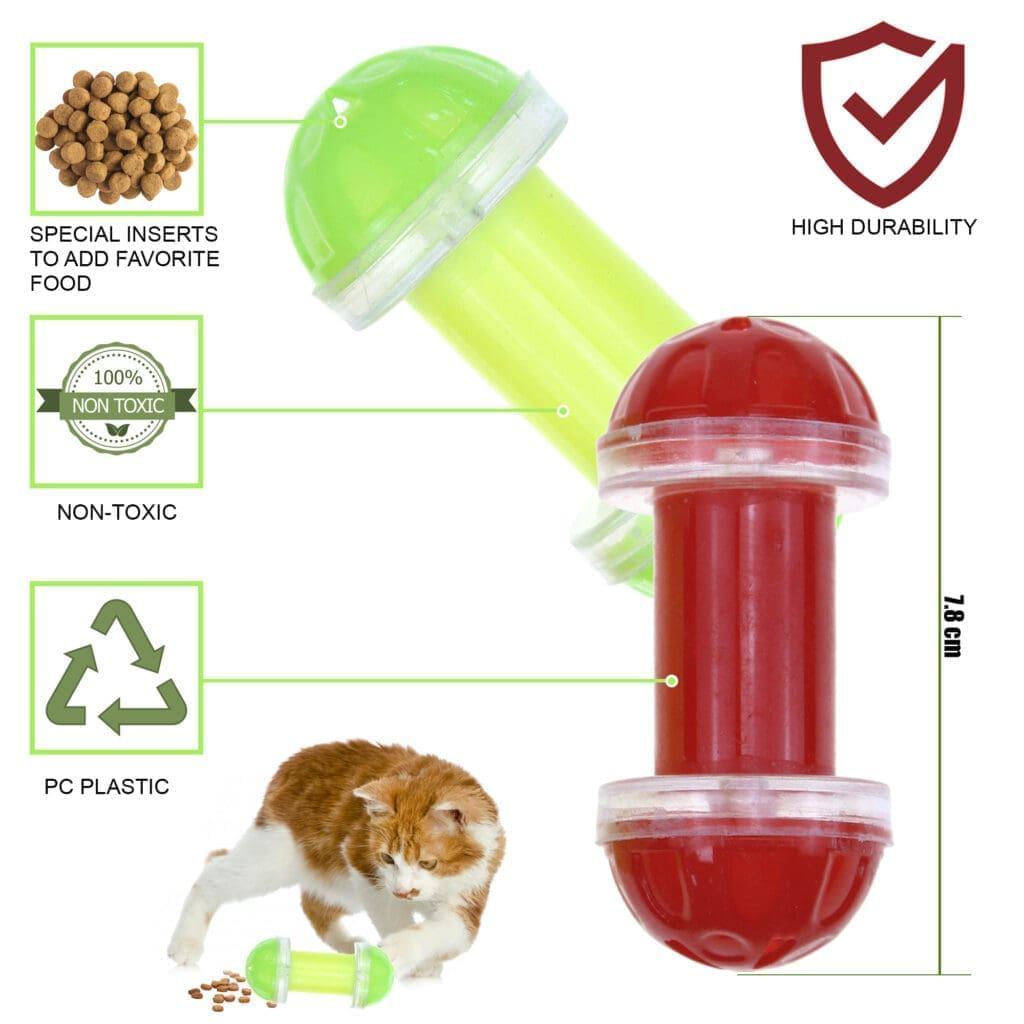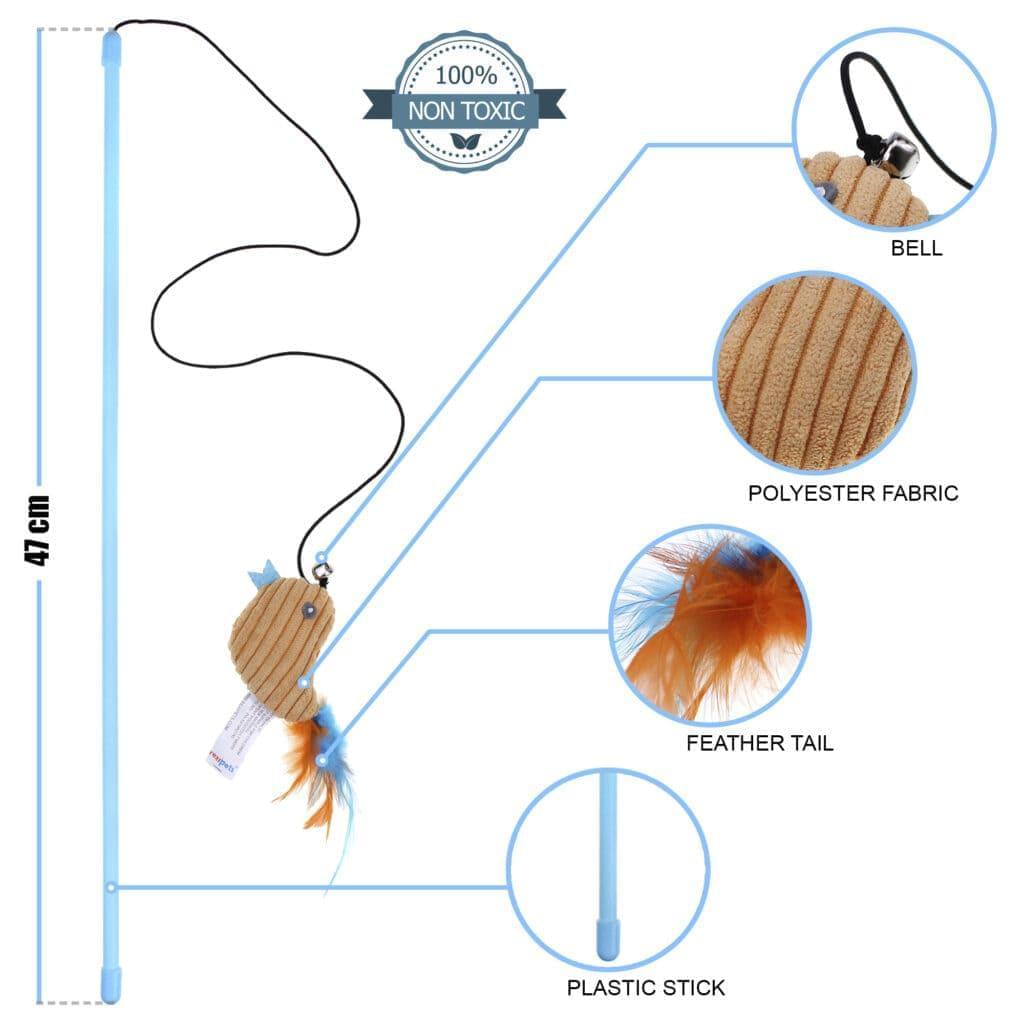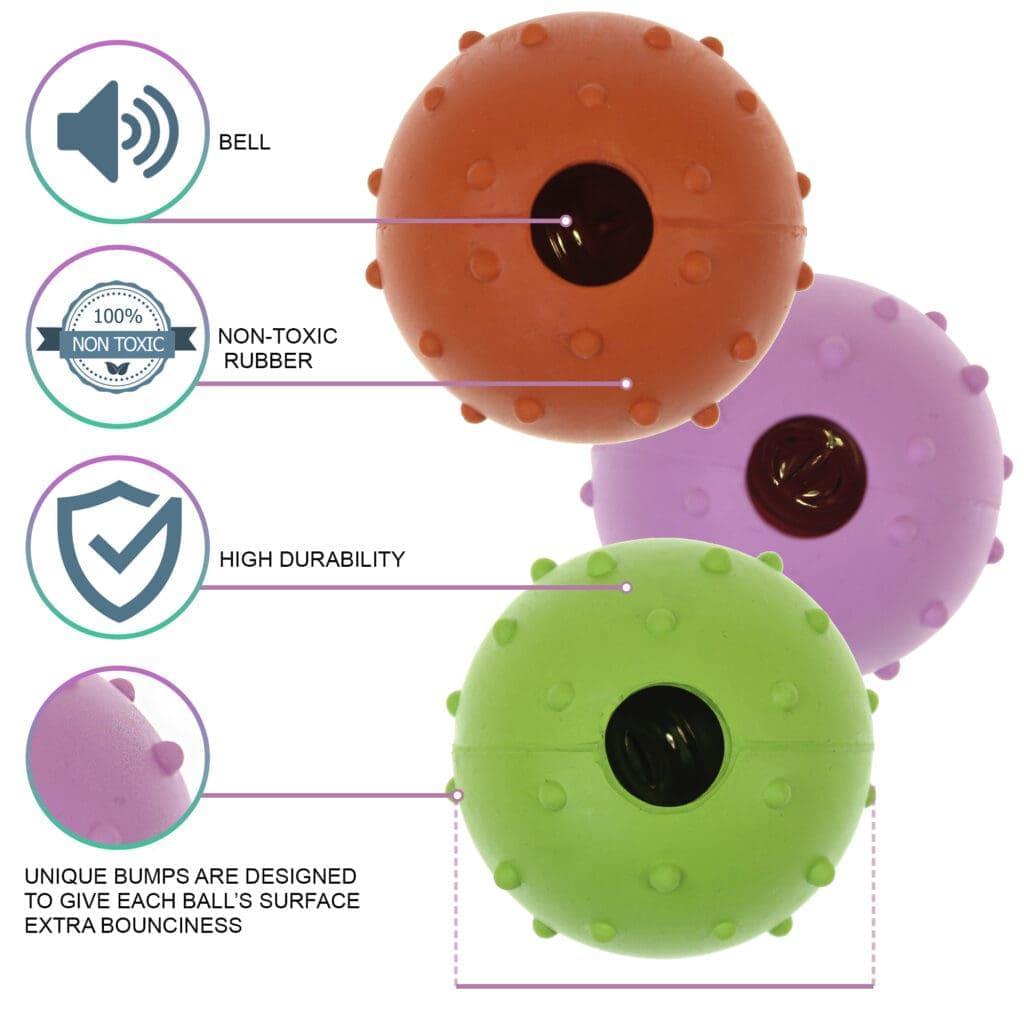
Have you ever wondered if your cat is a bit lonely? Even though cats are independent beings, they can feel a little sad when they don't have anyone around for too long. Maybe there's no one to play with, or your routine has become busier, so it is quite normal for your cat to get separation anxiety due to the loneliness.
So, how can you tell if your cat is lonely, and what can you do to make them feel better?
In this guide, we'll explore the signs of separation anxiety in cats and share simple ways to give them comfort and company. We'll learn about what cats need to feel happy and safe.
So, let's jump into the world of cat feelings and find out how a little extra care can make a huge difference in keeping your cat cheerful and content.
What Is Cat Separation Anxiety?

Separation anxiety, or behavior related to being alone, is commonly seen in cats since they are naturally social animals and need to learn that it's okay to stay home alone. If not properly taught, cats may feel upset when left alone and exhibit undesirable or destructive actions.
Cats, on the other hand, are generally more independent, and being left alone for a period usually doesn't bother them much.
However, they thrive on routine, and sudden changes, like their owner spending less time at home, can cause frustration, leading to separation anxiety. This is particularly common in cats who haven't experienced long periods of loneliness in their current living environment.
In bored cats, behaviors associated with being alone may manifest when a specific member of the household leaves, even if other family members are still present.
Signs of Anxiety in Your Cat or Kitten

It might be tricky to notice if your cat is anxious because some of their actions are subtle and could happen for different reasons. The important thing to check is whether these actions occur when you're getting ready to leave, when you leave, or when you come back home.
-
Excessive grooming
If your cat excessively grooms itself, spending a lot of time or repeatedly focusing on specific areas, it's often a signal of anxiety. Keep an eye on this behavior, as it may indicate your cat is feeling stressed or uneasy.
-
Bald patches
If your cat engages in excessive grooming, it may result in bald patches on their stomach, sides, or tail, as the constant rubbing can wear off the fur. Pay attention to these areas, as they can indicate the cat is experiencing stress or discomfort.
-
Eating too fast
Anxious cats may refuse to eat, while others might eat excessively due to boredom. Another sign of anxiety is rapid eating, often resulting in vomiting. Keep a check on your cat's eating habits, as these changes can indicate stress and discomfort in their environment.
-
Not using the litter box
Unlike a dog that may damage furniture due to separation anxiety, a cat is more likely to express anxiety by not using the litter box. Peeing outside the box, whether on the floor or furniture, stems from discomfort, stress, or health problems.
-
Vomiting
While it's normal for some cats to vomit occasionally, increased vomiting, particularly when you're away, may indicate your cat is experiencing distress. Pay attention to changes in their vomiting patterns, as it could be a sign of underlying anxiety or discomfort.
-
Destructive behavior
Though an anxious cat won't wreck your home, signs of distress may include repeatedly clawing furniture, curtains, or carpet, resulting in visible scratches and damaged fibers. Another indication might be knocking down numerous objects. Cat hear everything, and loud sounds can cause them to act out as well.
-
Excessive vocalization
If your cat loudly howls or meows persistently when you leave, it's a clear sign of anxiety. Consult with a neighbor to confirm if your cat exhibits vocal distress while you're away.
-
Excess energy
Upon your return, if your cat displays excessively enthusiastic behavior, becomes very chatty, or clings to you closely, it might be an indication that they felt anxious during the time you were apart. Some cats may express their excitement and clinginess more than usual, signaling potential separation anxiety.
How to Keep Your Cat Active?
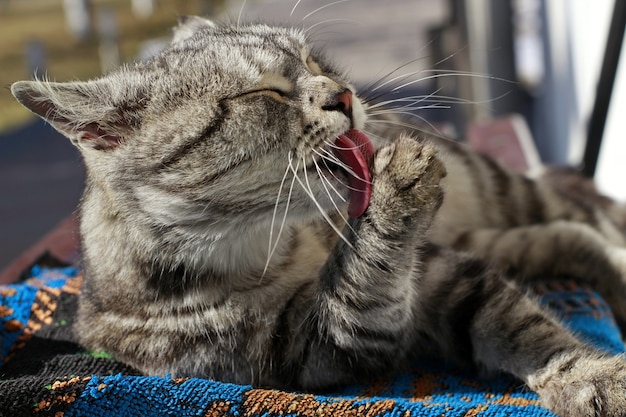
To prevent your cat from getting anxious, it is important to keep your cat mentally and physically stimulated. Here are a few ways you can keep your cat active:
-
Enhance their environment
You don't need fancy toys; simple items like cardboard boxes, paper towel rolls, or paper bags can make playtime enjoyable.
Better yet, you can also build an indoor playground. Combine boxes, cat trees, tunnels, and more to create an exciting indoor space for your cat. Hide scented cat-safe toys or treats for them to discover while you're out. You can also use cat teasers or a naughty mouse to keep your furry friend entertained.
You can explore cat toys on the official Rexipets website, as it offers a wide variety of options that will suit the personality of your cat.
-
Consider a companion cat
Young cats may feel lonely, and introducing other cats could help, though it requires a slow introduction. Keep in mind that some adult cats may feel stressed with a new cat in their space.
-
Use food puzzles
Replicate the natural hunting instincts of your indoor cats during meals by incorporating interactive options such as lick mats, slow feeders, or homemade puzzles.
This not only offers mental stimulation but also keeps your cat occupied for a long period of time.
-
Hire a pet sitter
If your cat craves human interaction, consider a pet sitter or family member to keep them company when you're away. This ensures your feline friend stays stimulated, so you can just relax knowing they are in safe hands.
-
Facilitate bird watching
Cats enjoy watching birds and small animals, whether on TV or through a window. Create a bird-watching spot, either by opening blinds or using the TV to keep your cat entertained.
How to Help Your Cat With Separation Anxiety?
To specifically help your cat deal with separation anxiety, there are some steps that we will delve into, so let's jump right in:
-
Establish a routine
Stick to a regular schedule for your cat. Cats like things to be the same, and sudden changes can make them stressed. Feed them, play with them, and let them rest at the same times every day to help them feel more comfortable and relaxed.
-
Enable independent play
Provide chances for your cat to play on its own. Cats are natural hunters, so it's important to give them mental and physical activities. Leave out toys, cardboard boxes, or puzzle feeders for them to enjoy.
You can also create a simple toy by putting dried catnip in a sock, securely tying it, and giving it to your cat to play with.
-
Play with your cat before leaving
Before you head out, spend some time playing with your cat to help them release energy. This can be a good bonding exercise, providing your cat with physical and mental stimulation.
-
Leave casually
It is important for cat parents to avoid making a big fuss when you leave; although hugs and kisses make us feel better, they can stress your cat. Keep it low-key to minimize their anxiety.
-
Make changes slowly
If your cat shows signs of separation-related frustration, slowly increase the time you spend away to help them adjust. Begin by leaving for a few minutes, then gradually extend the time.
Tips for a Home-Alone Cat
Here are a few more tips to help your home-alone cat feel better:
-
Tip #1: Ensure Food and Water Availability
Before leaving, feed your cat and fill their water bowl with fresh water. Consider placing multiple water bowls in different rooms for extra hydration options.
-
Tip #2: Keep the Litter Box Clean
Maintain a clean litter box, as cats prefer a tidy space. Scoop any waste and leave fresh litter in an accessible area to prevent accidents.
-
Tip #3: Create a Cozy Resting Spot
Identify your cat's preferred sleeping area and leave it accessible. If they love your bed, keep the door open and leave a blanket to make it cozy.
-
Tip #4: Bond with Your Cat Upon Return
Spending quality time with your cat when you return strengthens your bond. Activities like curling up together, interactive play, offering treats and interactive toys, or grooming provide reassurance and attention after your time away.
Final Words
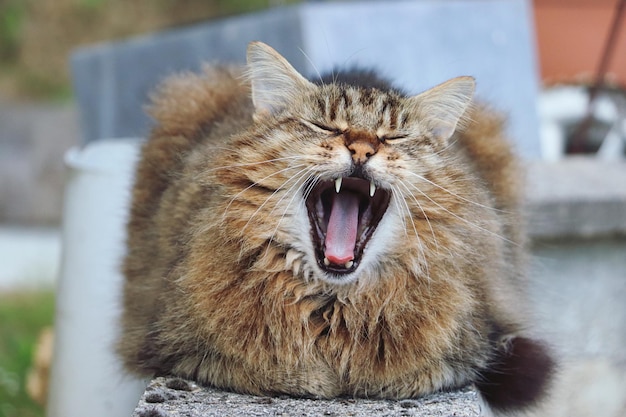
In closing, helping a lonely cat is all about being kind and understanding. Simple things like keeping a routine, giving them toys and cozy spots, and maybe introducing a furry friend can make a big difference.
Being there for your cat, playing with them, and making sure they feel loved will go a long way in keeping them happy and content.
It's about creating a comfortable and joyful life for our feline friends, making sure they know they're not alone, even when left alone for a substantial amount of time.









